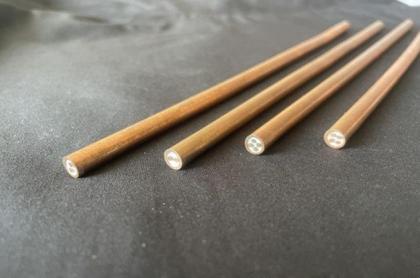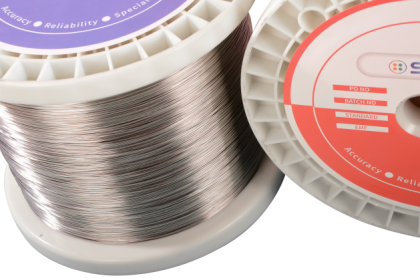As a leading Chinese exporter of thermocouple solutions, we understand that global procurement teams and industrial clients prioritize reliability, customization, and cost-efficiency when selecting temperature sensors. Thermocouples are among the most versatile and widely used temperature measurement devices, offering unmatched performance in extreme conditions. Below, we explore their key applications, technical advantages, and value propositions tailored to meet the demands of international buyers.
Here are the typical applicatons for thermocouple
·Industrial Heating and Furnaces:
Thermocouples are extensively used in industrial heating processes, such as in furnaces, kilns, and ovens. They provide real-time temperature monitoring, ensuring optimal operating conditions and product quality in industries like steel, glass, ceramics, and more.
· HVAC Systems:
Thermocouples play a vital role in heating, ventilation, and air conditioning (HVAC) systems for monitoring and controlling temperatures in residential, commercial, and industrial settings. They enable efficient climate control and energy management.
· Aerospace and Automotive:
In aerospace and automotive industries, thermocouples are utilized for measuring temperatures in engines, exhaust systems, and critical components. They ensure engine performance, safety, and reliability under extreme conditions.
· Food Processing and Pharmaceuticals:
Thermocouples are integral in food processing and pharmaceutical industries for maintaining precise temperatures during production, storage, and transportation. They ensure compliance with safety regulations and product quality standards.
· Laboratory and Research:
Thermocouples are indispensable in laboratory settings for scientific research, experimentation, and process control. They provide accurate temperature data for various applications in chemistry, biology, and material science.
· Energy Generation:
Thermocouples are essential in energy generation facilities, including power plants and renewable energy installations. They monitor temperatures in boilers, turbines, and heat exchangers to optimize energy efficiency and equipment performance.
· Petrochemical and Refining:
In petrochemical and refining industries, thermocouples are used for temperature measurement and control in processes involving chemical reactions, distillation, and storage. They ensure operational safety and product quality.
· Environmental Monitoring:
Thermocouples find applications in environmental monitoring systems for measuring temperatures in air, water, soil, and climate-controlled chambers. They aid in climate research, conservation efforts, and weather forecasting.
The widespread applications of thermocouples across diverse industries underscore their significance in temperature measurement and control. As a reputable exporter of thermocouple-related products, understanding the diverse uses of thermocouples is essential for meeting the evolving needs of global buyers and customers. By offering high-quality thermocouples tailored to specific industry requirements.
Here in SICC,we aim to support our clients in achieving precision temperature monitoring and enhancing operational efficiency across various sectors.






 IPv6 network supported
IPv6 network supported